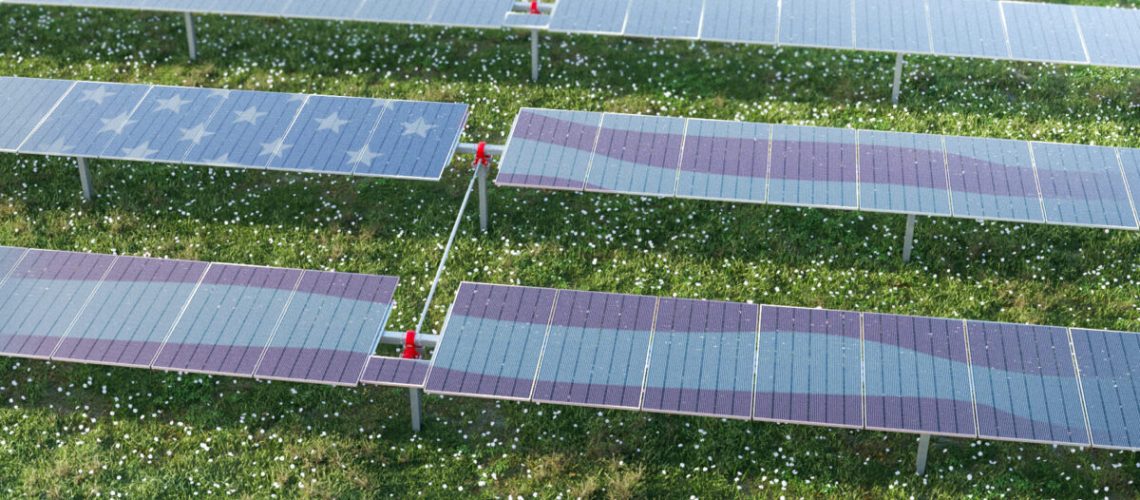The SFOne US is a self-powered, single-axis solar tracker designed for large-format modules.
Spain-based solar tracker maker Soltec is launching the SFOne US, a single-axis tracker designed for the U.S. solar market.
The company said the difference in the design of the U.S. tracker system compared to Soltec’s system for other markets is the reduction in the number of parts, and the option to have several pieces come pre-assembled.
For example, the tracker is longer for the U.S. market, with piles that are thicker in profile. Using thicker piles means that fewer are needed. Colin Caulfield, VP of sales, North America for Soltec, said “in the U.S., the number of piles to install is a major factor that needs to be reduced to be competitive.” He noted that this is true even if the cost of the material is slightly higher, but there are fewer foundations to install.
Soltec has a supply chain for the SFOne’s steel components in the United States and it has contract manufacturers that can produce the piles, tubes and purlins domestically. Caulfield said the hardware is made in the U.S., too.
“By being able to manufacture locally, we reaffirm our commitment to the U.S. market as a player that can help achieve IRA compliance for our customers. SFOne.”
Another way that the SFOne US can meet the needs of the growing U.S. market is that, like the original SFOne, it has terrain undulation tolerances that forgive slopes in the east-west direction and north to south. The connecting rod in the east west direction is flexible and absorbs changes in elevations while still connecting multiple rows.
The SFOne is designed for modules with 72- and 78-cell designs and is self-powered by a dedicated module that, according to Soltec, translates into a lower operating cost.
While there is an option to have a 1P independent row, SFOne can also connect two trackers that are adjacent in the east-west direction (shown below), creating a 1P dual-row configuration. Caufield told pv magazine USA that doing this reduces the number of motors and electronics by up to 50% and reduces product cost and tasks required to install the system.
Like the original SFOne, the U.S. version includes Dy-Wind technology, which offers a method for designing wind-resistant tracking structures and the optimization of the diffuse booster system for low-light conditions. The tracking system also features the StringRunner, which is Soltec’s proprietary standard component that combines fused PV source circuits and cabling within the tracker torque-tube to a DC power switch. This technology can reduce trenching costs, the company reports, as it allows for in-tube cable management and low-voltage trenching minimization.
The SFOne US has been put through numerous tests, according to Caulfield. “Perhaps most importantly, there have been countless wind tunnel tests influencing the design and giving Soltec essential information that allows us to give a standard product that is design to withstand windspeeds up to 130 mph and a product tailored to high winds that can withstand speeds up to 160 mph,” he said. “The latter of which has a design modification that costs more than the standard product but allows it to be installed in conditions that are far more hazardous.”
More testing has been performed to understand energy capture in different conditions, Caulfield noted.
While hail tests are commonly performed by module manufacturers, Soltec designed the system to stow at a high angle in the event that there is hail detected. “The idea is simply that we avoid a direct, perpendicular strike of hailstones down onto the modules by tilting the tracker at angles that can exceed 60°,” Caulfield said.
Soltec sees the U.S. as a growing market for the Spanish firm. Europe currently accounts for about 27% of its turnover, with the U.S. accounting for 25% and Latin America 47%.





